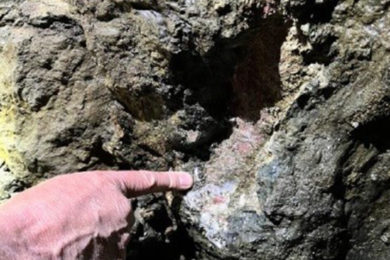“Better risk management by operators, advances in technology and greater emphasis on safety awareness in company and industry-wide programs have contributed to two consecutive years of record safety performance in US mines,” National Mining Association (NMA) Senior Vice President for Regulatory Affairs Bruce Watzman told the House Education and Labor Committee. Watzman emphasised that based on Mine Safety and Health Administration (MSHA) data, 86% of all domestic mines operated in 2009 without a single lost-time accident, and US mining had fewer fatalities than were recorded in 2008, the previous record-setting year. Watzman also offered the committee a number of recommendations to reduce the backlog in contested safety citations, which the committee had highlighted.
“The issue here is not safety,” said Watzman. Operators are required by law to abate any safety citation in a reasonable time set by the inspector irrespective of the merits of the citation or a decision to contest it. “A challenge in no way relieves the operator’s obligation to abate the condition that gave rise to the citation,” he said.
Watzman suggested that the current backlog of citation cases could be reduced or eliminated administratively by improving training for mine safety inspectors, reinstating an informal review process, requiring that decisions in the dispute process be used as training tools for more effective safety evaluations and providing more realistic timeframes for operators to decide whether to accept or contest a citation.
“Recent administrative actions created an irrational process that increased the number of citations at the same time it eliminated an informal procedure for contesting them,” Watzman explained. “It has forced operators into a time-consuming, expensive adjudicatory process that does nothing to increase mine safety.”
Watzman noted that changes made by MSHA during the prior administration, from October 2006 through February 2008, created the conditions for the current backlog. As MSHA dramatically increased the number and size of fines for suspected safety violations, increasing penalties from $15.4 million in 2005 to $194.3 million in 2008, it also eliminated an informal conference process that allowed regulators and mine operators to discuss contested fines and adjustments. This has left operators with no alternative for resolving disputes but a far more costly and time-consuming, quasi-judicial process that is now their sole means of contesting fines they believe to be invalid. Under MSHA’s current system, the number and severity of uncontested fines triggers enhanced regulatory scrutiny and still higher penalties.
Watzman cited MSHA’s praise for the informal process it eliminated in 2008. The agency acknowledged the conferences led to less formal litigation, improved relations between MSHA and the mining community and allowed regulators and mine operators to share information on acceptable compliance practices. Under this system, said Watzman, operators and inspectors mutually benefited from an efficient means of addressing disputed citations. Fees were set for less serious infractions and were seldom appealed in a more formal, quasi-judicial dispute settlement process.
Watzman said citations are often based on highly subjective criteria imposed by inspectors who may lack sufficient training and experience. Moreover, because the current system does not allow inspectors to learn the reasons why citations were subsequently ruled invalid, they repeatedly cite mines for identical or similar violations. He summarized that the current backlog of cases is the consequence of a series of administrative changes in procedures and redeployment of regulatory personnel rather than an indicator of mine safety performance.
http://nma.org/tmp/022310_NMA_testimony_before_education_labor_committee.pdf








